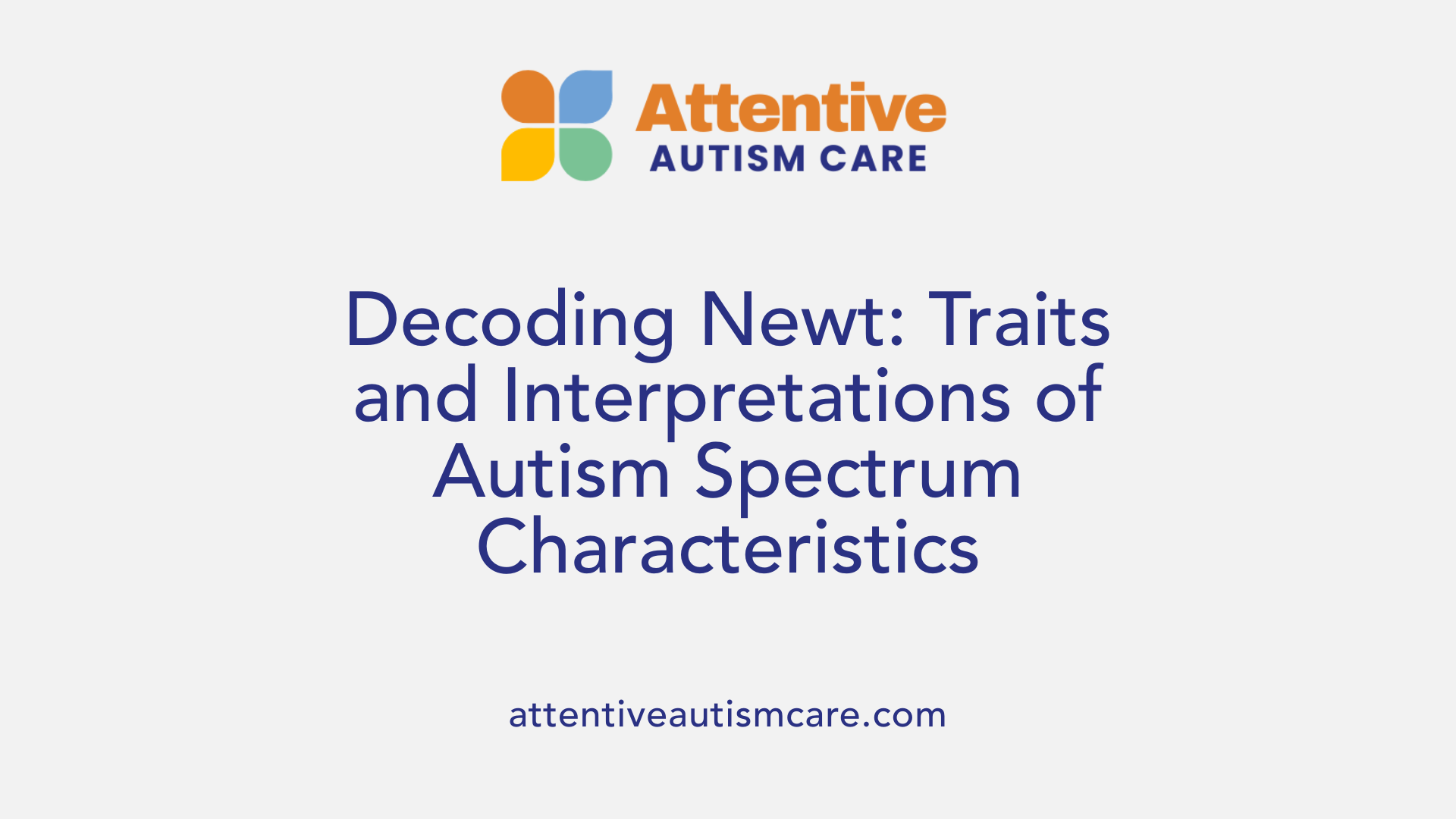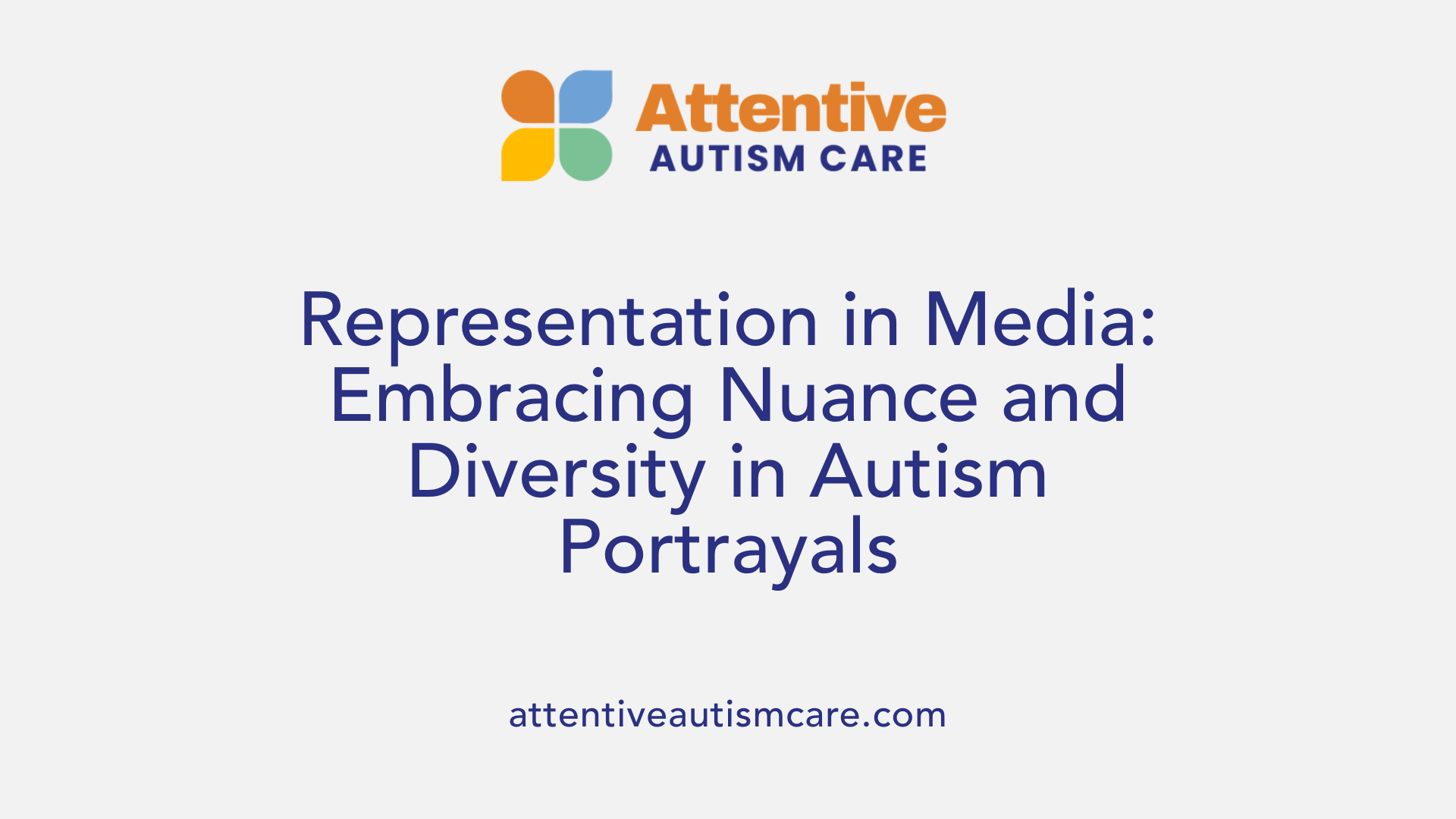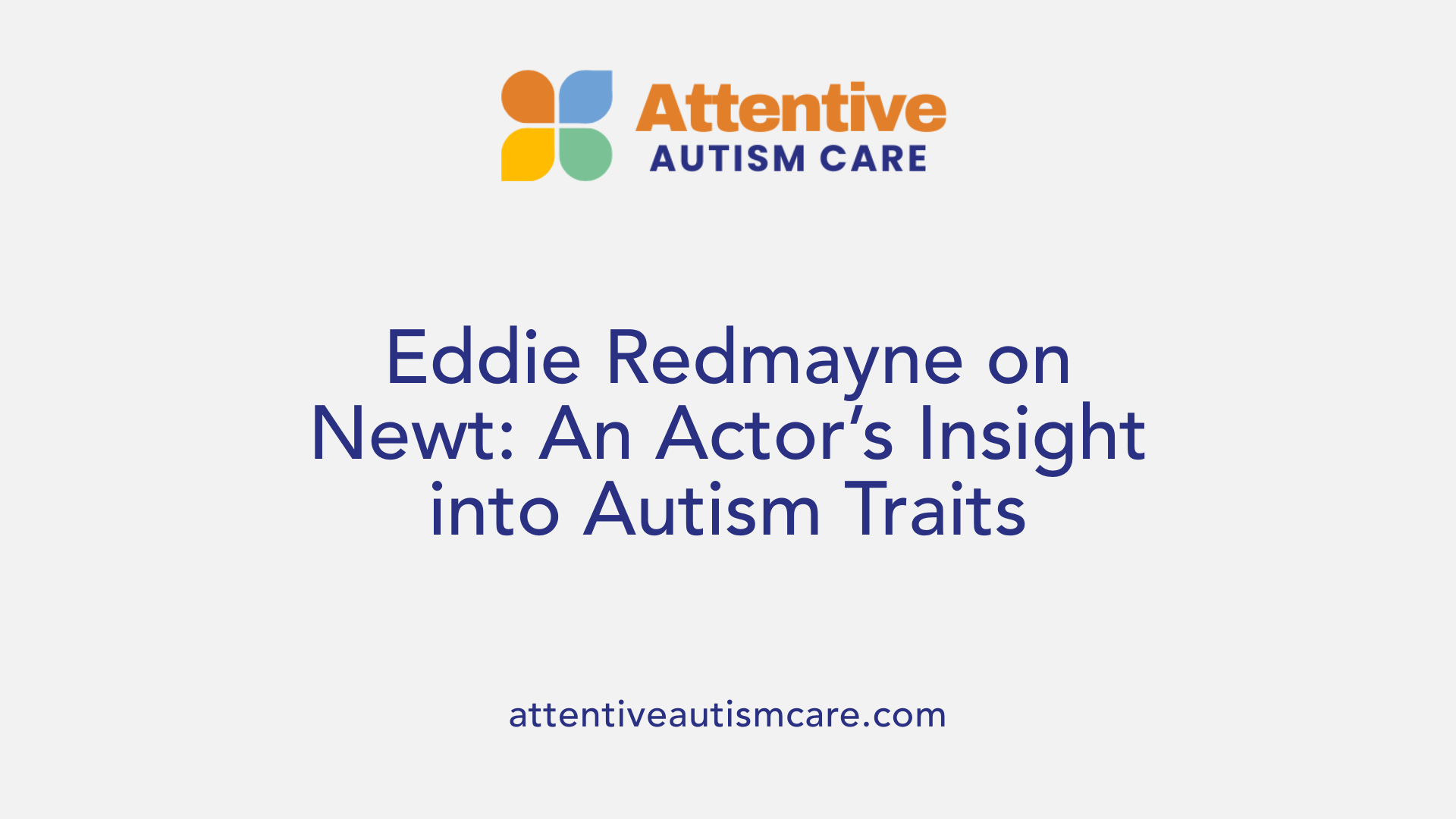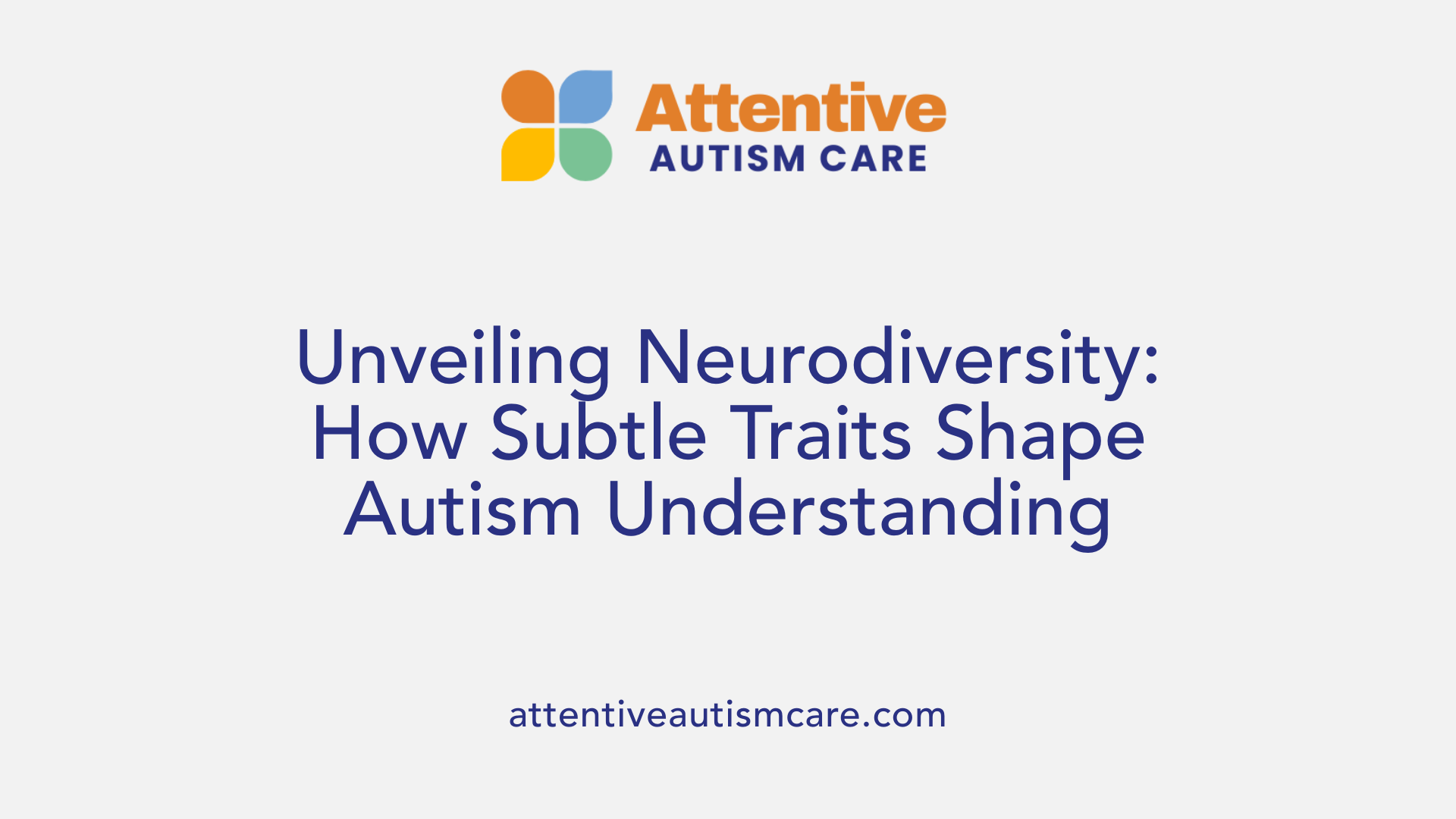Does Newt Scamander Have Autism?
Unveiling the Complexity of Newt Scamander’s Character Traits

Exploring Autism Spectrum Traits in Fantastical Worlds
The character of Newt Scamander from the Harry Potter universe has sparked significant discussion regarding his potential placement on the autism spectrum. While the literary and cinematic portrayals do not explicitly label him as autistic, detailed analysis of his mannerisms, behaviors, and the insights from actor Eddie Redmayne open a compelling dialogue about neurodiversity in popular media. This article delves into the portrayal of these traits, Redmayne’s perspective, and the broader implications for representation.
Traits of Newt Scamander and Their Interpretations

Does Newt Scamander exhibit traits associated with autism spectrum disorder?
Many fans and analysts have noted that Newt Scamander's character traits suggest he may be on the autism spectrum. Redmayne himself has shared that he believes Newt displays behaviors consistent with Asperger's syndrome, a form of autism.
Newt is often seen avoiding eye contact and exhibits socially awkward behaviors. He prefers interactions with magical creatures over people and can be shy or distant in social settings. These traits are highlighted in the film through his soft speech, peculiar mannerisms, and rigid routines.
His intense focus and passionate dedication to magical creatures display an attribute often associated with neurodivergent individuals. He spends much of his time studying and caring for his magical beasts, sometimes to the exclusion of social interactions.
Communication-wise, Newt's style is unconventional. He tends to avoid direct eye contact, speaks calmly, and sometimes seems to struggle with colloquial interactions, which can resonate with sensory sensitivities and social preferences typical of autism.
Furthermore, Newt's sensory sensitivities are suggested by his discomfort with physical touch and his cautious nature around new environments and people. His close bond with animals also mirrors behaviors reported by some autistic individuals, who find comfort and meaningful connection through special interests or relationships.
While the film does not explicitly label Newt as autistic, the consistent display of these traits contributes to a broader conversation about neurodiversity. Rowling has mentioned that Newt's mannerisms could be interpreted as traits of autism, especially considering the lack of formal recognition during the time period in which the character was created.
In summary, although speculative, the portrayal of Newt Scamander aligns strongly with characteristics associated with autism spectrum disorder. This nuanced depiction offers a positive example of neurodivergent representation in popular media, showing that individuals with autism can have rich, meaningful lives and passions.
Media and Literature: Representation and Nuance

How is autism portrayed in the character of Newt Scamander in media and literature?
Newt Scamander, the beloved magizoologist from the Harry Potter universe, has been interpreted by some fans and scholars as exhibiting traits consistent with the autism spectrum. Although not explicitly labeled as autistic in the films or books, many of his behaviors and mannerisms resonate with neurodivergent experiences.
Redmayne, the actor who portrays Newt, has publicly shared his belief that the character exhibits signs of Asperger’s syndrome. He points to features such as Newt’s unusual walking style, his careful and peculiar mannerisms, avoidance of eye contact, and his strong focus on magical creatures as cues that suggest neurodivergence. These traits are complemented by Newt’s social challenges, such as relying on his friend Jacob for relationship advice and being more comfortable with animals than humans.
Furthermore, Newt’s sensory sensitivities, like his reluctance for physical touch, and his cautious nature are common in autistic profiles. His deep empathy for animals and the meaningful bonds he forms with them are often reported by autistic individuals as a source of comfort and connection, reinforcing the idea that his connections to creatures are integral to his identity.
While the character was written during a time when autism was not well understood or diagnosed—set in the 1920s—viewers and critics see his portrayal as a positive example of nuanced representation. It highlights that neurodivergent individuals can be empathetic, passionate, and unique, breaking away from stereotypical portrayals of autism as solely social impairment.
Overall, Newt Scamander's character offers a subtle yet impactful lens into neurodiversity. His traits provide representation that can foster understanding and acceptance of mental variation within media and literature, encouraging viewers to embrace diverse ways of experiencing the world.
Eddie Redmayne’s Perspective: From Actor to Advocate
 Eddie Redmayne, who plays Newt Scamander in the 'Fantastic Beasts' series, has shared his personal interpretation of the character’s traits, suggesting that Newt may be on the autism spectrum, specifically around Asperger’s. Redmayne explained that certain physical and behavioral qualities—such as his walking style, appearance, and the way he avoids eye contact—are telltale signs. These traits contributed to fan speculation about his character’s neurodivergence.
Eddie Redmayne, who plays Newt Scamander in the 'Fantastic Beasts' series, has shared his personal interpretation of the character’s traits, suggesting that Newt may be on the autism spectrum, specifically around Asperger’s. Redmayne explained that certain physical and behavioral qualities—such as his walking style, appearance, and the way he avoids eye contact—are telltale signs. These traits contributed to fan speculation about his character’s neurodivergence.
In discussing Newt’s mannerisms, Redmayne noted how J.K. Rowling initially described some of these behaviors in the books, highlighting quirks like specific mannerisms and eye contact, which now align with traits commonly associated with autism. Redmayne further mentioned that when he examined these qualities, especially considering the time period in which Newt was created—likely around the 1940s—such behaviors could be indicative of Asperger’s.
He pointed out that Newt's tendency to avoid physical touch and social interactions, along with his strong connection with magical creatures, reflect some common experiences among autistic individuals. For instance, Newt prefers to rely on his friend Jacob for social and relationship advice, highlighting social challenges. His natural empathy toward animals and deep bond with them also resonate with experiences reported by many on the autism spectrum.
While not explicitly labeled as autistic in the films, these traits enhance the character’s depth and serve as meaningful representation. Redmayne’s view adds a layer of understanding, portraying Newt as a kind and courageous figure who embodies qualities that can resonate with neurodivergent viewers. By bringing attention to these traits, Redmayne not only enriches the character but also promotes increased awareness and acceptance of autism in popular culture.
The Subtle Power of Non-Explicit Representation

How does Newt Scamander's character contribute to the understanding and representation of autism in popular media?
Newt Scamander, a beloved character created by J.K. Rowling and portrayed by Eddie Redmayne in the Fantastic Beasts films, exhibits many behaviors that resonate with autism spectrum traits. These include social awkwardness, intense focus on his interests—especially magical creatures—and a preference for solitary activities. Fans and viewers often interpret his mannerisms, such as avoiding eye contact, hesitance with physical touch, and eccentric habits, as indicative of neurodivergence.
While the films don't explicitly label Newt as autistic, Redmayne has shared that he personally believes his character has Asperger’s, based on his conversations with Rowling about Newt’s mannerisms. This nuanced portrayal opens the door to understanding autism in a different light, especially in mainstream media where representatives are often lacking.
Representation matters because it helps normalize neurodivergent identities and fosters empathy. Characters like Newt that subtly embody autistic traits allow viewers—especially neurodivergent individuals—to see themselves reflected on screen. Such portrayal fosters greater acceptance and understanding, breaking down stereotypes. It also provides a form of positive visibility, which is crucial for social inclusion.
Through a character that connects more deeply with animals than with people, and who exhibits behaviors often associated with autism, the series highlights that neurodiversity is just one aspect of a person's identity. This can challenge traditional narratives within the Harry Potter universe that typically frame differences as something to be 'fixed.' Instead, Newt's character illustrates that diverse ways of thinking and acting can be strengths.
Ultimately, Newt Scamander’s portrayal contributes significantly to the conversation about autism in media. It encourages creators and audiences alike to appreciate the richness of neurodivergent experiences and to recognize that these traits can be portrayed with nuance and empathy. As a result, his character serves as an inspiring example of how fictional media can promote understanding and acceptance of autism in society.
| Trait/Behavior | Interpretation | Additional Notes |
|---|---|---|
| Avoiding eye contact | Social challenge, common in autism | Helps viewers understand social interaction differences |
| Preference for animals | Deep focus and comfort in non-human interactions | Reflects the connection some autistic individuals have with animals |
| Eccentric mannerisms | Unique personal traits | Showcases diversity within neurodivergence |
| Sensitivity to touch | Sensory sensitivity | Highlights sensory processing differences |
| Reliance on friends for support | Social support needs | Demonstrates importance of understanding social challenges |
This multifaceted characterization invites viewers to explore autism beyond stereotypes, fostering a more inclusive perspective.
Broader Impacts and Future Opportunities for Representation
The discussion about Newt Scamander’s potential place on the autism spectrum highlights an essential evolution in media portrayal—one that values neurodiversity and seeks to depict characters with depth, nuance, and authenticity. While no official diagnosis exists, the traits observed in Newt echo common autistic behaviors, and Redmayne’s own comments lend weight to this interpretation. Moving forward, such nuanced portrayals can foster greater empathy, understanding, and acceptance. They encourage creators and audiences alike to see neurodivergent individuals beyond stereotypes, promoting a more inclusive landscape in both literature and film.
References
- Eddie Redmayne thinks Newt Scamander is on the autism spectrum
- Why I'm Convinced Now More Than Ever That Newt Is Autistic
- Newt Scamander - Wikipedia
- Eddie Redmayne says he believes his character Newt Scamander is ...
- On Newt Scamander And Autistic Representation
- In Brightest Day: Newt Scamander and Autism
- Why I'm Convinced Now More Than Ever That Newt Is Autistic
- Why 'Fantastic Beasts and Where to Find Them' is the Autism Film ...
- Autistic-coded TV and film characters - thewyrdsisters.co.uk
- On Newt Scamander And Autistic Representation




































































































